How a Book is Made
This New York Times article about how a book is made is like a silent documentary, and I loved it for this clean approach. They could easily have created a short movie or even a long one, but they chose to keep it simple, focus on visual details and very specific information. With all the content available and the push for video on every platform, I am grateful for their choice.
With these thoughts in mind, I wanted to actually compare it with the How It’s Made episode on books, as I remembered watching it a long time ago. Despite all the movement showing us exactly how things are done and what machine does what plus the audio explanation, I still find it less dynamic than the New York Times article. Much better is this under two minutes one by The Telegraph, I like that this has no voice-over or captions, just the images.
What do you think?
Book Clutch
Speaking of books, for years I’ve had the idea of a book clutch in my mind as a beautiful evening purse to wear, particularly with an all-black outfit. Thinking I will certainly own one someday, somehow it never registered with me that I might just attempt a DIY project.
After researching available options for purchase a couple of weeks ago on Etsy and beyond, I found quite a few brilliant ones that have given me plenty of inspiration. There are some made out of real books, others just replicating covers and even some with hand-embroidery details on the cover, not to mention the exquisite leather varieties. I also found that there are some handy tutorials available too, like this, this and this very simple one.
Now I am after a beautiful, ideally vintage, hardback copy of Emma, by Jane Austen, so I can give it a go. Would you try it?
The Duke (2020)
With a list of over fifty movies, series and documentaries to watch, last weekend I heard about this movie and went straight to watch it. I suppose it helped with the decision making pressure as I always struggle with what to choose when I have some free time, hence the latest addition to the list is the choice almost by proximity.
The synopsis promised a feel-good watch with brilliant actors and a brush with art – all inspired by real events – and it delivered. What more could we ask for from a weekend watch?
Learning Italian
I have written before about my efforts to retain the little French I still remember and maybe rebuild on that. But now I am keen to actually take on board a bigger challenge, learning a new language. Admittedly, Italian is a Latin language and it shares many similarities with both my mother tongue and with French and Spanish (which I understand and I believe I could easily start speaking with a little practice).
Still, I haven’t really been exposed to Italian and I am looking for the best tools and ideas to get going. Duolingo is probably the most popular app (M100+ downloads, 4.4 stars rating from M12+ reviews!) and I have just started using it, but I also want to try Babbel, which also comes well recommended and has M10+ downloads and a 4.5 stars rating from 700k reviews.
I will also admit to using the translate feature on my Google smart speaker to learn certain phrases, and I am researching podcasts in Italian, ideally on art, to help me stay focused. This is how I found out that there are dedicated language learning podcasts and plenty of options for Italian. I found one on art with short episodes which I am keen to try.
What language would you like to learn?
Laila Cooks
I can’t remember what Instagram rabbit hole brought me to Laila’s feed last week, but the first thing that got my attention was her pretty butter, and by seeing the image above you will know I mean that quite literally. I also love her bejewelled pears and her lace biscuits and yes, I realise how odd all these sound, so the images here are really key.
Laila is a food designer and artist and according to the New York Times, over the past decade, she has made a name for herself by producing conceptual installations out of food for art and fashion clients. You can read this interview in which she talks about her personal taste if you’d like to learn more about her.
I often struggle with artistic concepts that feel to me random or pointless, like they are not beautiful to look at, not functional, not innovative in any way. But of course, all that is subjective and an artist like Laila truly puts things into perspective, as I find some of her work really beautiful, while I really don’t get other things she has done.
But even I can appreciate that she is an artist that is always exploring and experimenting and I consider that to be brilliant in itself.
Giftwraps by Artists
Probably the main reason I love buying things at car boot or flea markets, charity shops and the like, is that I discover things I didn’t know existed. Case in point, last week I bought this William Morris book of Giftwraps by Artists for only 50p. The book includes 10 sheets of 50cm x 70cm, each in a beautiful design, to suit any occasion and impress any recipient. What is even more amazing is that none of the design sheets was even used!
You can find similar Giftwraps by Artists books at Waterstones or on Amazon. My first project using this will be to transform the basic corporate dividing panel on my desk at work. A gift that will keep on giving every time I have to stare at it.
Magnolia Trees
It’s the season of magnolia trees and I am honestly so excited! To celebrate, I want to plan a walk around my neighbourhood to visit some of my favourite ones, but also I decided it’s time I learned more about this plant that mesmerises me with its lavish blooms on practically bare branches. I remember as a little girl picking flowers, I would always take off all the leaves to be left only with the blooms, and now my fascination with these obscenely abundant flowering trees suddenly makes more sense.
To start at the beginning, as sophisticated and modern as the magnolia trees seem to us, they are one of the most primitive plants in evolutionary history and fossil records show that magnolias once existed in Europe, North America and Asia over 100 million years ago. They are pollinated by beetles and that is because they existed at a time when bees didn’t yet. Beetles were attracted to the magnolia flowers because most of them are fragrant too, often with a lemon-vanilla scent, which is another thing I did not know. A very comprehensive article, particularly on the origins and classification of magnolia trees can be found in the New World Encyclopaedia.
Apparently, the first flower on Earth was reconstructed only a few years ago by scientists and it looked like a magnolia flower. Yet, what I found most interesting reading this article is that although now we have a good idea of what one of the earliest flowers may have looked like, we still know little about how that flower came to be. The detailed steps leading to its evolution are unknown.
I have never thought about this before and I still can’t wrap my head around nature’s wisdom to continuously evolve and reinvent, creating everything we see around us and take for granted every day. It Is awe-inspiring when you stop to think about it, so I challenge you to do this if you are lucky enough to spend a few minutes admiring a magnolia tree.
Bon weekend!
If this letter has offered you a moment of inspiration, kindly forward it to others who might enjoy it too. And if you have been forwarded it, indulge in all previous Miss Onion’s Exquisite Finds and subscribe to the weekly letter.
Follow Miss Onion’s Exquisite Finds on Instagram and Pinterest.
Merci!
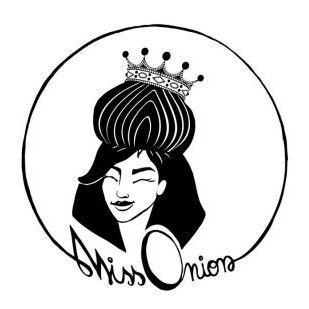
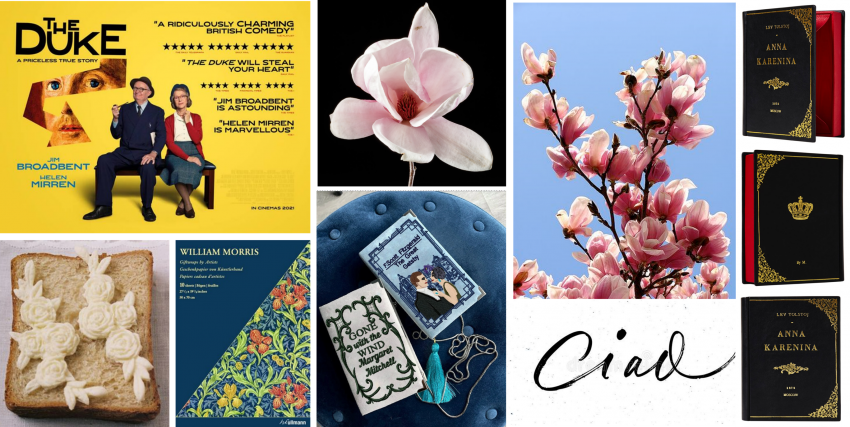
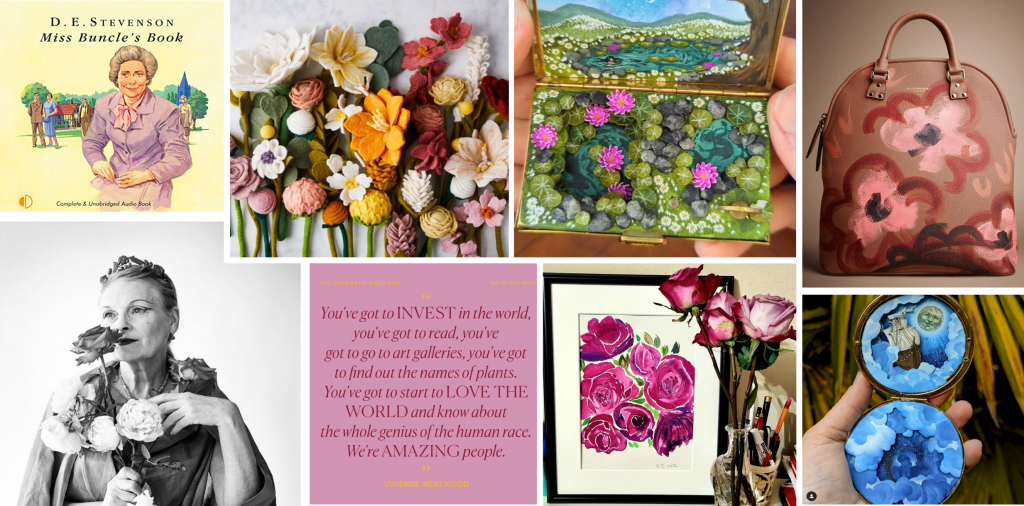


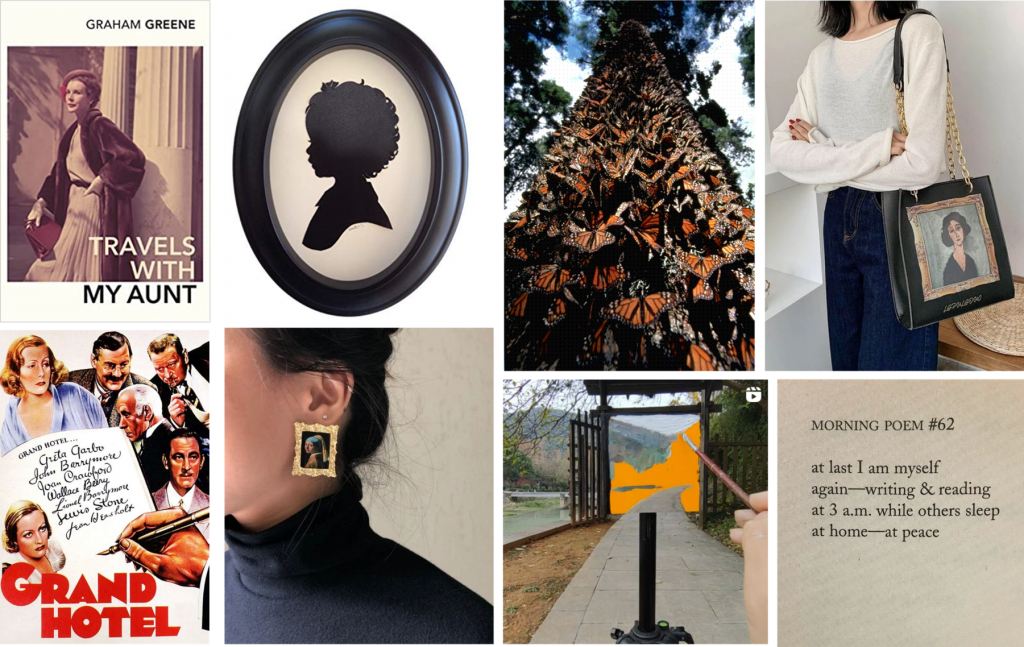
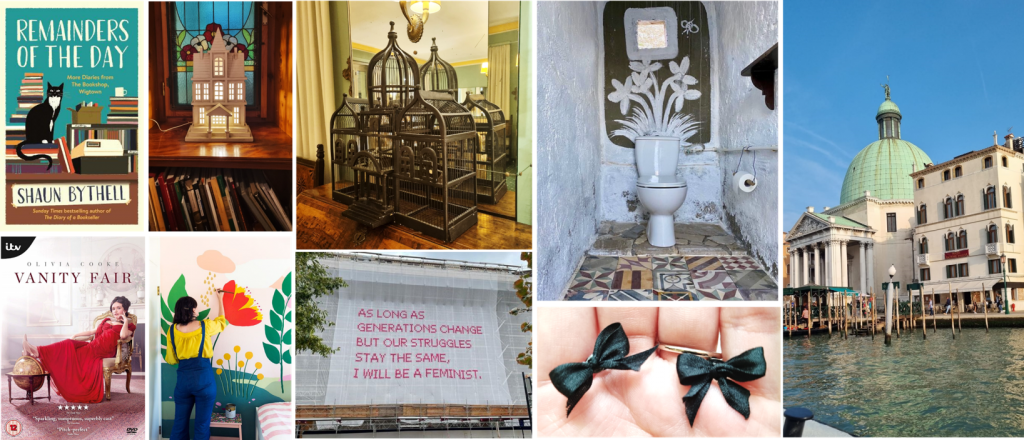
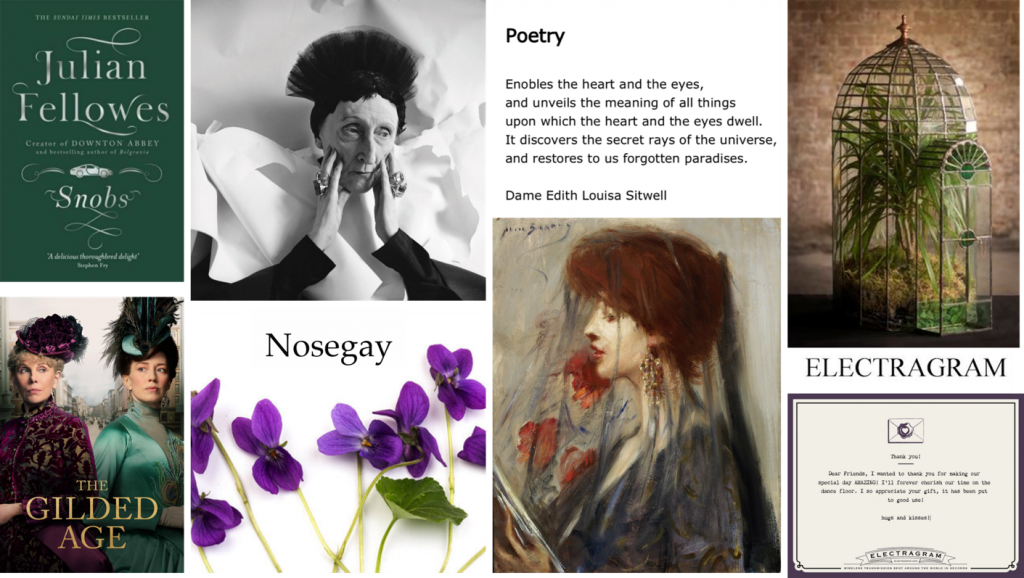
1 thought on “Miss Onion’s Exquisite Finds – No 84”